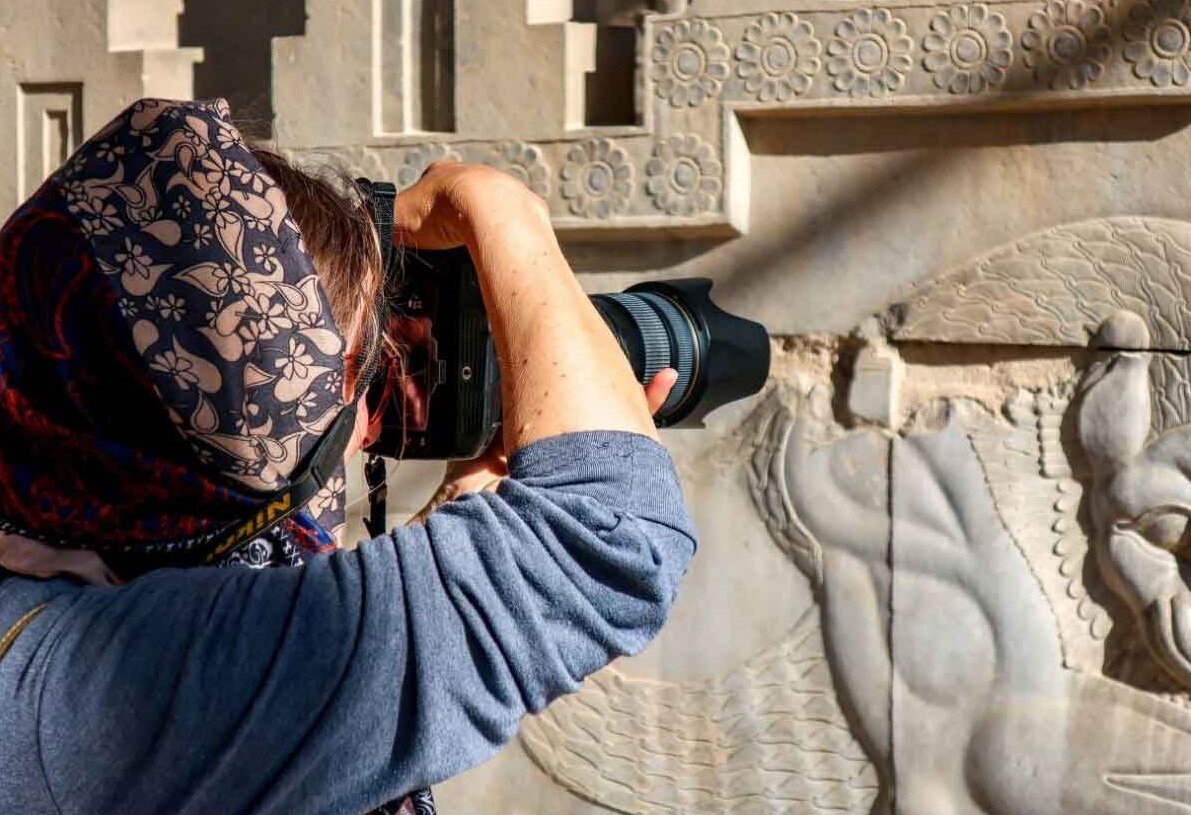Archaeologist elaborates on skeletons found in Persepolis

TEHRAN – Iranian archaeologist Ali Asadi has elaborated on human skeletons found in UNESCO-designated Persepolis, southern Iran.
Asadi, who supervised excavations in which the human remains were found, clarified that a total of 20 skeletons were uncovered over six excavation seasons in recent years, ILNA reported on Saturday.
He made the remarks amidst reports circulating in some media outlets to address misconceptions regarding the timeline and quantity of human skeletal remains unearthed at the UNESCO-designated site.
“More precisely, six human skeletal remains were discovered during the third excavation season in 1396 [Persian calendar], 13 skeletal remains during the fourth season in 1400, and one skeleton in the current season in 1402, totaling 20 human skeletal remains.”
He further explained, “In the most recent season, only one skeleton has been discovered, currently undergoing study and examination.”

Seyyed Mohammad Beheshti, who is a veteran cultural heritage expert, skeletons may concern a bloody conflict between Persians (Iranians) and invaders led by Alexander the Great in c. 330 BC.
“The position of skeletons indicates that those people may not have been buried, but that they were killed and left in the waterways during a clash that may have been related to Alexander the Great’s invasion of Iran,” Beheshti said.
Beheshti, who is a member of Iran’s Supreme Council of Cultural Heritage and Tourism, also attached great importance to broadening international cooperation and to introduce the new findings in Persepolis on a wider global scale.
“[Widening] International cooperation lays the ground for [properly] introducing these scientific findings and research on Persepolis, which is a valuable achievement for the country’s cultural heritage.”
Tourism does not equal just having sightseeing in Persepolis and it’s only a part of the main missions that Cultural Heritage [body] has for this World Heritage site, the expert said.

Also known as Takht-e Jamshid, Persepolis ranks among the archaeological sites, that have no equivalent, considering its unique architecture, urban planning, construction technology, and art.
Majestic approaches, monumental stairways, throne and reception rooms, and dependencies have made that 13-ha ensemble one of the world’s greatest archaeological sites.
Construction of its immense terrace was begun about 518 BC by Darius the Great, the Achaemenid Empire’s king. On this terrace, successive kings erected a series of architecturally stunning palatial buildings, among them the massive Apadana palace and the Throne Hall (“Hundred-Column Hall”).
The terrace is a grandiose architectural creation, with its double flight of access stairs, walls covered by sculpted friezes at various levels, monumental gateways, gigantic sculpted winged bulls, and remains of large halls.
By carefully engineering lighter roofs and using wooden lintels, the Achaemenid architects were able to use a minimal number of astonishingly slender columns to support open-area roofs. Columns were topped with elaborate capitals; typical was the double-bull capital where, resting on double volutes, the forequarters of two kneeling bulls, placed back-to-back, extended their coupled necks and their twin heads directly under the intersections of the beams of the ceiling.
Narratives say that Persepolis was burnt by Alexander the Great in 330 BC apparently as revenge against the Persians, because it seems the Persian King Xerxes had burnt the Greek City of Athens around 150 years earlier.
AFM
Leave a Comment